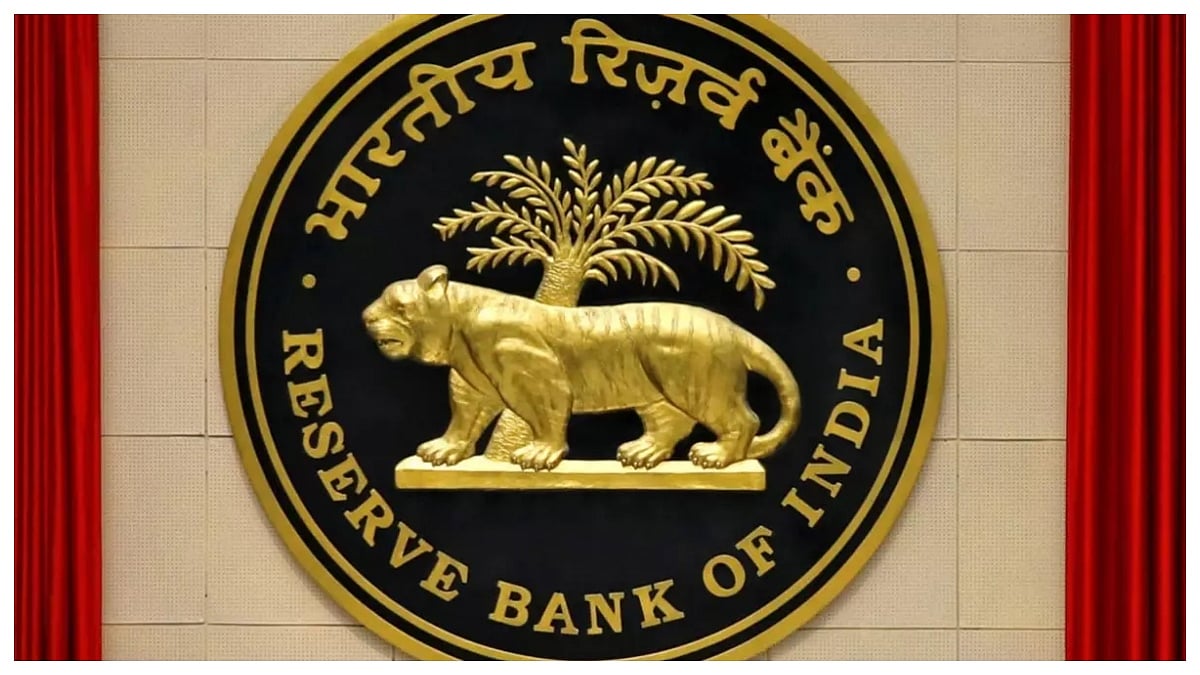In the post-noon trade on Monday, the equity market scaled a new all-time high of 40,889 on the Sensex and the Nifty, after breaking its crucial resistance level of 12,000 last week, and closed at 12,073. Currently, the market is said to be in a consolidation mode and if the uptrend continues, the Nifty could easily surpass its record high of 12,103. After the budget on July 6, the market was on a downward spiral in July and August, as the business and investment sentiment was quite low. But the government’s big-bang announcement on September 20 for Indian businesses in the form of basic reduction in corporate tax rates reversed the trend. Since then, it’s been mostly a steady one-way journey, save a brief pause, for both Sensex and Nifty, as corporate profitability in the range of 5 to 7 per cent is said to be the biggest positive for equity market.
However, with macroeconomic data pointing to a slowdown, why is the market rallying when concerns over the economy are growing? Let’s talk about the economy first. There is lot of scepticism about a quick recovery in the economy, given several structural issues and limited fiscal capacity to support consumption and spur investment. A lot of experts believed that economic slowdown had reached the dead-end and a turnaround was around the corner. But that doesn’t seem to be happening. The government has blamed the slowdown on global economy which is expected to grow at around 3 per cent. But Indian economy, being largely a domestic economy with huge backlog in investment and infrastructure development, is not truly integrated in global economy. Given that Indian economy is not an export-oriented economy, global slowdown is not a good enough reason to justify economic slowdown for over eight consecutive quarters.
In June quarter, India hit the growth rate of 5 per cent and in September quarter the growth rate is expected to go down even further. A recent report by SBI’s research team, headed by its chief economic adviser Saumya Kanti Ghosh, has forecast India’s GDP to be at 4.2 per cent in the September quarter, while the growth rate for FY 2019-20 is expected to be slightly better at 5 per cent, down from an earlier forecast of 6.1 per cent. The report suggests that these numbers are a result of synchronised economic slowdown and poor performance of the automobile, real estate and infrastructure sectors have significantly contributed to the showdown. Two weeks ago, international rating agency Moody’s slashed India’s economic growth forecast for FY 2019-20 to 5.6 per cent from its earlier projection of 5.8 per cent in October, saying government measures do not address the widespread weakness in consumption demand. Moody’s has also downgraded India’s outlook to negative from stable.
It is widely expected that the Reserve Bank of India will exercise large rate cuts in the upcoming December policy to stimulate consumption. However, the SBI report suggests that large rate cut would not provide any immediate relief to the ailing economy; instead, it could result in a potential financial instability. The report also emphasises that the government should put efforts into correcting the “sectoral misallocation” rather than using the monetary and fiscal policies as tools to bailout the economy. Also, under the prevailing macro-economic conditions, the report suggests, using the fiscal policy would be a better proposition as compared to the monetary policy because low interest rates do not necessarily ensure a rise in demand.
According to a leaked NSO survey on consumer spending from July 2017 to June 2018, which has been junked by the government because of its adverse findings, there has been a steep fall in consumer spending in over four decades: a dip of 3.7 per cent in 2017-18 as compared to consumer spending in 2011-12. This is the first time since 1972-73 when consumer expenditure has declined in real terms. The dip, according to the leaked NSO report quoted in media, is glaring in rural India where consumer spending declined by 8.8 per cent, as compared to urban centres which registered an increase of 2 per cent during the period. Given that the slowdown is real and the measures taken by government to stimulate and revive the economy will take time to permeate through the system, why is the equity market behaving differently from the economy?
The oft-repeated explanation proffered by market experts is that the equity market usually runs ahead of macros and price future growth. They are of the view that the market is factoring in a recovery in the economy and cite a few positive indicators that could be fuelling the rally: reduction in corporate tax rate, proposed divestment of large PSUs, a possible resolution of the US-China trade imbroglio, the September quarter earnings which were not a complete disappointment, fall in crude oil prices and bullish trend due to technical factors. One of the key factors that is keeping the market higher is the hope of a faster recovery in earnings of companies because of the cut in corporate tax.
However, the divergence between market and the economy is not a new phenomenon. In fact, if one looks at the broader GDP versus Sensex trend for the last three years, there is total variance between the two. In early 2016, the Sensex was at around 23,000 and the GDP growth rate was 7.5 per cent. While between early 2016 and mid-2019, the Sensex has rallied from 23,000 to 40,000, the average GDP growth has fallen from 7.5 to 5.5 per cent. And in September quarter it is expected to dip below 5 per cent. So what explains this dichotomy? Two factors are said to be responsible for this. One, the absence of an alternative to equities after demonetisation which put brakes on real estate as an asset class and two, slew of interest rate cuts which have made debt instruments less attractive. The third and equally important factor fuelling the rally is said to be deluge of retail money following into equities through mutual funds.
In the last five years, mutual fund assets under management (AUM) have shot up from 8 lakh crore in 2014 to 25 lakh crore in 2019. Of this, individuals account for 55 per cent of the overall mutual fund AUM, while institutions account for just 45 per cent. This is said to be a big trigger for the market. However, at 40,000 plus on the Sensex, the margin of safety is not only very limited but a big concern too, given that the market is hovering around 25 times price to earnings multiples when the economy is sliding. Therefore, an extended slowdown could result in the market losing hope of a quick revival in demand. This could possibly cap the upside for the market.
The author is an independent senior journalist.










.jpg)